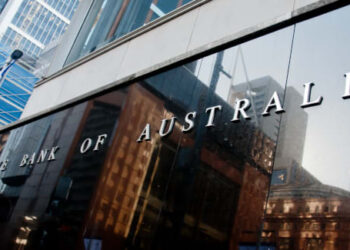There is an addressable revenue pool in the order of close to $60 billion which is focused in the consumer space.
This is the market in play, and given open banking and comprehensive credit reporting, new entrants will be able to make better-informed lending decisions due to data being available to all market participants.
These two regimes provide opportunities for holistic situations and a better understanding of a customer’s profile.
It was here that the incumbents could gain the upper hand if they handle data correctly, given that the incumbents have all the data.
The neobanks have a harder sell to prove to the customer that they provide value that their current bank does not, and with banks owning the data, that will be harder to prove.
However, that should not mean incumbents should not feel threatened as neobanks may come through and be able to use the data in a meaningful way, giving them a competitive edge.
Incumbents had already shown they were aware of the threats technology and neobanks posed by proactively changing their offerings to be similar to digital-only players.
Competition would grow with new entrants to the market; this was not new for banks. However, this competition would lead to more competitive pricing and the need to be efficient.
Given the smaller sizes of neobanks and their lack of physical presence, it was in this scenario that the new banks were able to take over the incumbents.
If we look at the UK as the closest example of the Australian market, neobanks have yet to fundamentally disrupt the banking industry.
UK research has found that people are more likely to have a divorce than switch banks, and the lion share of neobanks’ customers are those that use it as an alternative to their main account with a major.
These neobanks offer a “freemium” approach to build customers, which builds a small audience with limited deposits in the banks, but as neobanks search for profit and charge services, they will inevitably see a customer drop off.
Neobanks that continue to offer the cheapest products to customers will see their customer base stay but potentially at the cost of their products.
The difficulty they face is creating a viable profitable business model, which is yet to be found in the UK.
Building a customer base may put a pressure on the neobanks’ margins as they rely on more expensive forms of funding.
Currently, there is a market in Australia for the neobanks to take, but in the long run, the free or cheaper products may not be sustainable
The opportunity for neobanks is in the 30 per cent of the market’s “nomads” defined by an Accenture study as customers with a digital preference who are not loyal to a brand.
The nomads are not exclusively Millennials, with 43 per cent in the 22-34 age bracket and 37 per cent between the ages of 35 and 50.
Nomads, more so than the rest of market, wanted the banks to offer instant features, the ability to switch digital channels and wanted a seamless experience.
They are worth $2 trillion, Accenture found, and it highlights the need for banks to adapt to this changing customer perspective, something that neobanks were proving better at.
Trust in the incumbents is in decline due to the royal commission, with more people than ever willing to make a switch. The only thing stopping many from doing so was ease, something that open banking would fix.
Overall, there are strengths and weaknesses to both incumbents and the neobanks.
Incumbents are investing in technology that may see them become competitive, and they already have larger customer bases, with many older Australians unlikely or unwilling to change.
However, the younger market and the nomads were attracted to the neobanks, and open banking would ultimately help neobanks capture the market that wanted to switch but found it too hard.
The lesson for neobanks currently though was to offer a fundamentally different service, something that had not yet been seen in the market.
Until the neobanks offered that service, they would not pose a significant threat to the incumbents.







